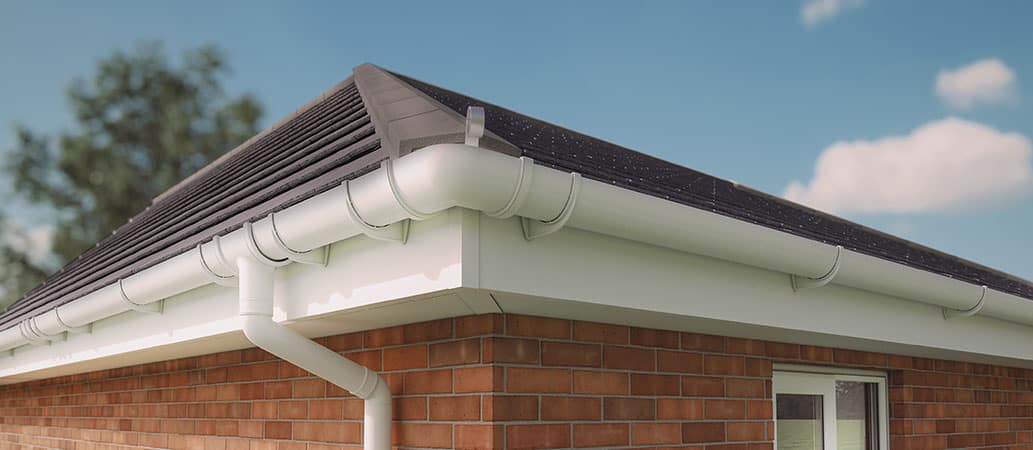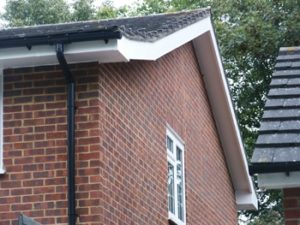
Soffit And Fascia Services
Add a review FollowOverview
-
Founded Date Giugno 22, 1966
-
Sectors Health Care
-
Posted Jobs 0
-
Viewed 100
Company Description
What’s The Job Market For Fascia Board Repair Professionals?
Fascia Board Repair: A Comprehensive Guide
Fascia boards play a vital role in the structural stability of a home. They are the long, straight boards that run along the lower edge of the roofing system; they serve both functional and aesthetic purposes. Over time, fascia boards can struggle with damage due to the elements, pests, or bad drainage systems. This short article aims to provide an extensive understanding of fascia board repair, detailing vital information on determining damage, repair methods, and maintenance tips for house owners.
Comprehending Fascia Boards
Fascia boards are normally made from wood, vinyl, or aluminum. Their main function is to support the bottom row of roofing shingles and conceal the rafters, hence offering a tidy and completed seek to the roofline. Moreover, fascia boards also play a crucial function in protecting your home from water damage by assisting to direct rainwater far from your home through gutters.
Why Repair Fascia Boards?
Harmed fascia boards can cause a wide variety of problems, consisting of:
- Water damage: Allowing moisture to penetrate the roofing system structure, causing mold and structural decay.
- Pest intrusions: Damage can supply entry points for bugs like squirrels or pests.
- Visual problems: Cracked, warped, or peeling fascia can diminish a home’s curb appeal.
Recognizing Damage
Before proceeding with repairs, it is crucial to determine the condition of your fascia boards. Some typical indications of damage consist of:
- Rotting wood: Often resulting from prolonged direct exposure to wetness.
- Peeling paint: Indicates moisture invasion or insufficient sealing.
- Fractures or splits: Can occur due to thermal growth or extreme climate condition.
- Sagging or removed boards: May be indicative of structural concerns or bugs.
Table 1: Common Fascia Board Damage Types
| Damage Type | Description | Cause |
|---|---|---|
| Decomposing | Soft, spongy texture | Extended wetness direct exposure |
| Peeling Paint | Flaking or blistering paint | Wetness seepage |
| Cracks | Visible cracks | Thermal growth |
| Drooping | Board is not lined up properly | Structural damage |
| Insects | Holes or tunnels in the board | Entry by rodents/insects |
Fascia Board Repair Techniques
Fixing fascia boards includes numerous approaches based upon the type and level of damage. Below work techniques for fascia board repair (Repo.massimolauria.net).

1. Minor Damage: DIY Repair
For minor damages, house owners can often deal with repairs with basic tools.
Products Needed:
- Wood filler or epoxy
- Paint or sealant
- Sandpaper
- Putty knife
- Guide (if repainting)
Steps:
- Assess Damage: Identify the extent of damage and determine if the entire board requires replacement or if repairs are sufficient.
- Tidy Area: Remove any particles or loose paint.
- Fill Gaps: Apply wood filler or epoxy to fractures or holes using a putty knife.
- Sand Smooth: Once dry, sand the fixed location to develop a smooth surface area.
- Paint/Seal: Apply primer and paint to match the fascia.
2. Significant Damage: Board Replacement
If a fascia board is badly harmed, a complete replacement may be necessary.
Materials Needed:
- New fascia board (wood, vinyl, or aluminum)
- Nails or screws
- Hammer or drill
- Security safety glasses and gloves
- Guide and paint (if wooden)
Steps:
- Remove Damaged Board: Carefully secure the damaged fascia utilizing a crowbar or saw, guaranteeing not to interrupt surrounding products.
- Measure and Cut: Measure the brand-new board to the same length as the old one and cut accordingly.
- Connect New Board: Position the new fascia board and protect it with nails or screws, guaranteeing it is flush versus the roofline.
- End up: Paint or seal the brand-new board to secure versus moisture.
3. Professional Help
For extensive damage or homeowner uncertainty, hiring a professional contractor may be the very best choice. A certified contractor can assess the circumstance accurately and guarantee that any repairs or replacements depend on market requirements.
Maintenance Tips for Fascia Boards
To extend the life of fascia boards and prevent future damage, consider the following maintenance suggestions:

- Regular Inspection: Check fascia boards a minimum of once a year for indications of damage.
- Clean Gutters: Ensure seamless gutters are routinely cleaned to avoid water from pooling or overflowing onto fascia boards.
- Seal and Paint: Apply sealant or paint every few years to protect wooden fascia boards from moisture.
- Trim Overhanging Branches: Prevent physical damages from falling branches by keeping surrounding trees trimmed.
FAQ Section
Q1: How frequently need to I inspect my fascia boards?A1: It is advisable to
check your fascia boards at least when a year, specifically after heavy storms or seasonal changes. Q2: Can I paint over peeling fascia?A2: Peeling
paint should be scraped off, the location needs to be sanded, and any underlying damage should be dealt with before repainting. Q3: Is it essential to change the whole fascia board if it’s damaged?A3: Not necessarily; small damage can frequently be repaired with filler, but comprehensive damage might warrant replacement. Q4:
What products are the very best options for fascia boards?A4: Wood is conventional and visually pleasing; however, vinyl and aluminum are more resilientand resistant to rot and bugs. Fascia board repair is an essential aspect of home maintenance that considerably impacts the total health of the roofing system and structure. By identifying damage early, utilizing efficient repair techniques, and sticking to maintenance tips, property owners can protect their property from costly repairs in the future. Whether going with DIY approaches or looking for professional aid, understanding the significance of fascia boards and their maintenance is important for any homeowner.


